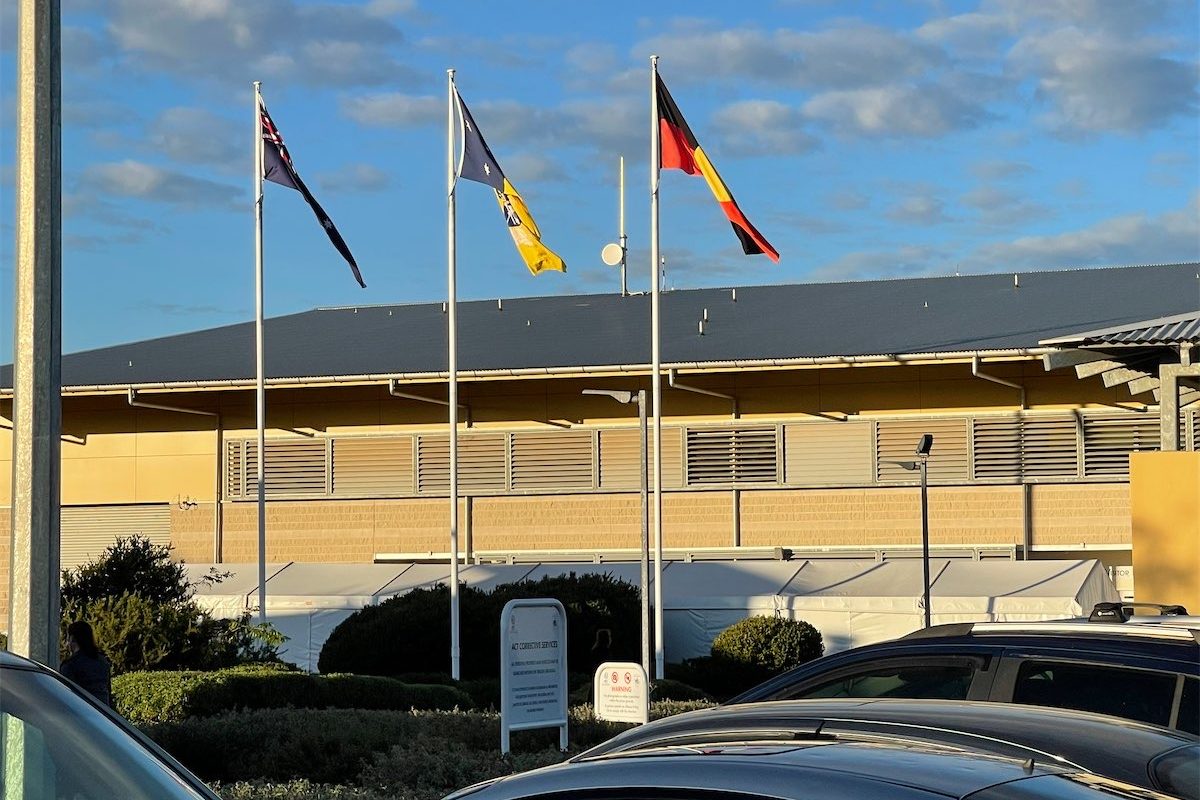 Local newspapers are an ‘essential service’. They deserve a government rescue package, too, say KRISTY HESS and LISA WALLER.
Local newspapers are an ‘essential service’. They deserve a government rescue package, too, say KRISTY HESS and LISA WALLER.
THE coronavirus pandemic has spawned a lexicon of its own. We have had to quickly incorporate expressions such as “self-isolation” and “social distancing” into our everyday language to navigate it.
“Essential service” is another one. In fact, it is one of the most commonly used and somewhat confusing keywords to emerge from our leaders’ press conferences. This is because it has taken on new significance and is being defined in particular ways.
So what constitutes essential news and information services?
News Corporation has announced it will suspend the printing of 60 community newspapers in NSW, Victoria, Queensland and SA from next week. They will become digital-only products.
Executive chairman Michael Miller said in a statement: “The impact of COVID-19 on the community print titles came on top of the toll on media from the refusal of digital platforms to pay publishers to use their content.”
The News Corp statement is one of several such announcements in recent weeks as dozens of local and community newspapers have closed across the country, from the Torres Strait to Gawler, SA, and many more in the US, UK and NZ.
This news has barely made the headlines amid the coronavirus crisis, and there has been little talk of a rescue package for newspapers that have shut their doors in these unprecedented times.
What qualifies as ‘essential’ information?
As researchers undertaking an ARC Linkage project on media innovation in partnership with Country Press Australia, our attention is now focused on understanding what qualifies as an “essential” news and information service.
We are also studying the lengths to which Australians are prepared to go to protect their media from the economic devastation stemming from the coronavirus.
If newspapers are to innovate and flourish beyond the pandemic, they need to be acknowledged and supported as an essential service.
Yet, there are mixed messages about what might be considered “essential information” platforms. For the government, essential information seems to be limited to what it tells an elite group of journalists at Canberra press conferences and what it posts on its “COVID-19 essential information” website.
At the same time, Prime Minister Scott Morrison is sending mixed messages about the value of social media. On one hand, the government has launched a massive social media advertising campaign on coronavirus; on the other, he is saying platforms such as Twitter are “breeding grounds for gossip and nonsense”.
This inconsistency and confusion only adds to the uncertainty about what the government considers “essential information” channels that people should go to for reliable news.
What can be done to protect local newspapers?
What we already know is that local journalism (especially newspapers) matters to the public. And right now, local audiences need professionally produced news that is socially and geographically relevant.
On a national scale, “essential coronavirus information” is available via government websites and major news outlets.
But if you live in regional or remote Australia, you need news on the local businesses and services that have been affected by the virus and infection rates specific to your patch. Local papers also deliver stories about how friends and neighbours are coping and supporting each other.
Intervention is needed to protect these newspapers from disappearing altogether. Already, there have been calls for the government to tap into an existing $40 million innovation fund to support small and regional publishers through the crisis.
We also suggest the government should consider making newspaper subscriptions (print and digital) tax-deductible.
As small businesses, many local newspapers will be eligible for existing tax relief such as the JobKeeper allowances designed to keep their employees in work.
But our early research indicates there are other ways for governments and major companies to get behind regional and rural newspapers and deem them essential services.
Government advertising spending has dropped dramatically in the past five years across country newspapers. This had represented a major chunk of their revenue. Instead, government advertising funds are often redirected to social media with little regard or thought about the consequences in the wider media ecology.
Such communication strategies overlook the fact the local printed newspaper is still an essential service for many in local communities, particularly the elderly who are arguably most at risk from COVID-19.
Protecting these news outlets should be at the forefront of any government communication plan when there is a vital need to keep people informed and connected, and fake news and misinformation is rife.
Meanwhile, Australian media and communication academics are also sending mixed messages. They are calling for the survival of public interest journalism while taking research funding from the predatory news platforms Google and Facebook, which are widely recognised for destroying the health of news ecosystems throughout the world.
In Australia, two parliamentary inquiries and a landmark report by the ACCC and News Corporation have all concluded that Facebook and Google are no friends to Australia’s small newspapers.
Yet strangely, these juggernauts are being positioned as saviours of local news.
Social dimension of local papers
If coronavirus has an upside, it is reminding us of the essential importance of social order and connection at both institutional and individual levels.
One of the most prominent images from the coronavirus coverage in Italy over the past few weeks has been the obituary and death notices in the Lombardy region, highlighting the continued central role the local media plays in important rituals and life events.
The newspapers under threat during the crisis connect people well beyond matters of politics and public interest.
Our research shows that, in fact, it is often the social dimension of these newspapers that matters most. They are also bridges to the local advertisers deeply affected by this crisis, such as retail shops, cafes and restaurants. This matters to people in regional communities – and it’s time we acknowledged that.![]()
Kristy Hess, associate professor (communication), Deakin University and Lisa Waller, professor of digital communication, RMIT University. This article is republished from The Conversation.
Who can be trusted?
In a world of spin and confusion, there’s never been a more important time to support independent journalism in Canberra.
If you trust our work online and want to enforce the power of independent voices, I invite you to make a small contribution.
Every dollar of support is invested back into our journalism to help keep citynews.com.au strong and free.
Thank you,
Ian Meikle, editor





Leave a Reply